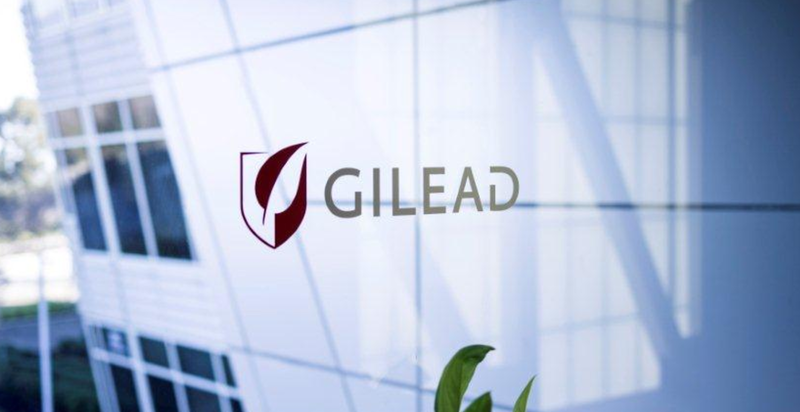Gilead Sciences is all about cancer these days, right? Well, no: The speedy authorization of remdesivir in COVID-19 saw its infectious disease credentials reinstated this year, and, now, it’s doubling down with a deal to buy out MYR Pharmaceuticals.
The little-known German biotech has been working on a first-in-class chronic hepatitis delta virus (HDV) drug that works by blocking viral entry into liver cells through binding to NTCP. Now known as Hepcludex (bulevirtide), the drug was the first of its kind to get a conditional approval in Europe, and the biotech expects to file for a speedy approval with the FDA next year.
It now has the R&D and commercial might of Gilead to help in this quest, which is buying up the biotech for €1.15 billion in cash, plus a future milestone payment of up to €300 million if it nabs FDA approval.
It also gets Gilead’s major experience in developing and selling hepatitis meds, which brought the pharma tens of billions for its big-selling hep C franchise, including Harvoni and Sovaldi, in recent years.
These drugs were for hepatitis C: Hepcludex’s licence is for hepatitis D, a virus that requires hepatitis B virus (HBV) for its replication, with HDV-HBV co-infection considered the most severe form of chronic viral hepatitis, according to the World Health Organization, due to more rapid progression toward liver-related death and hepatocellular carcinoma.
Now, with Gilead in the picture, “it is expected that this transaction will accelerate the global launch of Hepcludex,” according to a statement.
Hepcludex has breakthrough and orphan tags from the FDA, and MYR is plotting to ask for an accelerated U.S. approval in the second half of 2021.
It is now however the only therapy in line for Hep D: Eiger’s lonafarnib, licensed from Merck, also has Orphan tags from the EMA, and FDA, as well as Fast Track and Breakthrough tags by the FDA and PRIME Designation by the EMA.
This drug works as an inhibitor of farnesyl-transferase, an enzyme involved in modification of proteins through a process called prenylation. HDV uses this host cell process inside liver cells to complete a key step in its life cycle. Lonafarnib inhibits the prenylation step of HDV replication inside liver cells and blocks the virus life cycle at the stage of assembly.
“HDV is a devastating disease with high unmet medical need. With Hepcludex we have the opportunity to address that need with a first-in-class therapy,” said Daniel O’Day, chairman and chief at Gilead.
“We look forward to working with the team at MYR to realize the full potential of Hepcludex for patients with HDV worldwide. This will build on the work that Gilead has been doing for almost two decades to innovate and improve therapies for viral hepatitis.”
Gilead has been spending many of the billions it got from Harvoni and Sovaldi to beef up its once-dry cancer pipeline, adding next-gen oncology biotechs and tech, like Kite Pharma and cell therapies, to its growing arsenal. But today’s deal reminds us that it still has an eye on its infectious disease roots.
“We are proud of our achievement in bringing Hepcludex from preclinical stage to patients in need within such a short timeframe,” added Dmitry Popov, M.D., CEO of MYR. “We are excited to join Gilead, whose experience in the hepatitis field and global infrastructure will realize the full potential of Hepcludex and provide access to as many patients as possible around the world with this debilitating disease.”

